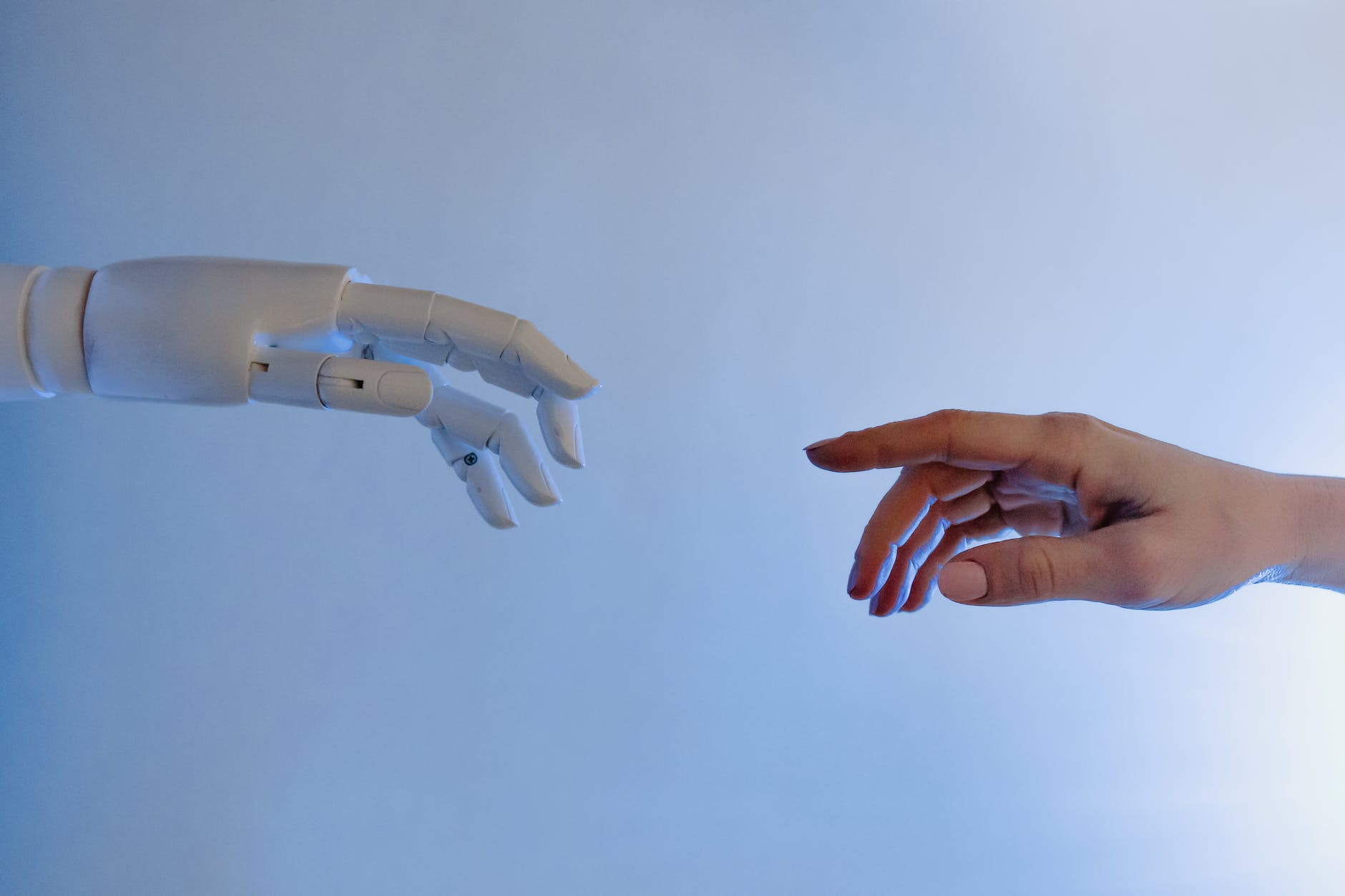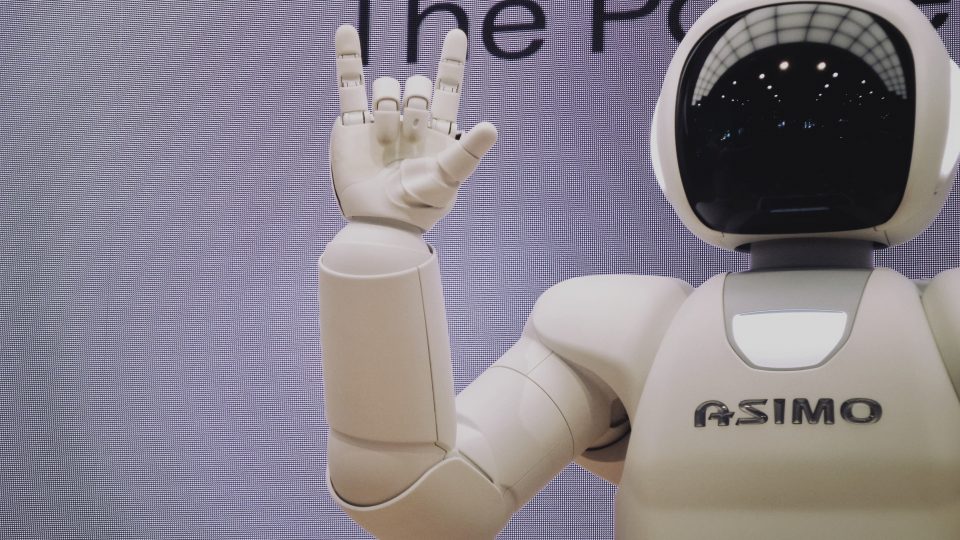Tag: Future
-

The Art of Artificial Intelligence
How far has AI come? Have you ever wondered what an AI-created recipe would look like? Or read an article about a machine learning algorithm that was able to write its own suspense novel? The world of artificial intelligence has been steadily unfolding over the past few years and there have been some truly fascinating…
-

That Future Nostalgia
Photo by Travis Yewell on Unsplash The start of the new decade has put everyone’s mental health in an unpredictable tail spin. With the unknowns of normalcy lingering on everyone’s head, we all need some kind of relief. A possible solution? Taking a trip back in time; back to when things were at its most…
-

IAutism
Photo by Possessed Photography on Unsplash Can artificial intelligence be the next leading advancement for those with disabilities? In the year 2021, the world has progressed to help accommodate those who operate in a nuerodiverse manner in society. In fact, progress still continues to this day to help improve their lives from therapy to advanced…
